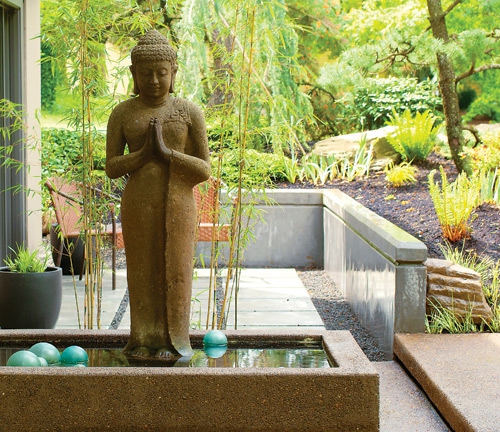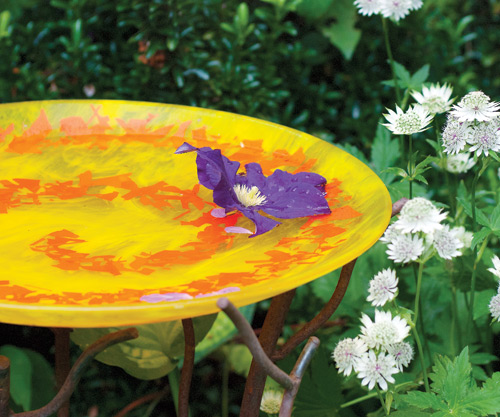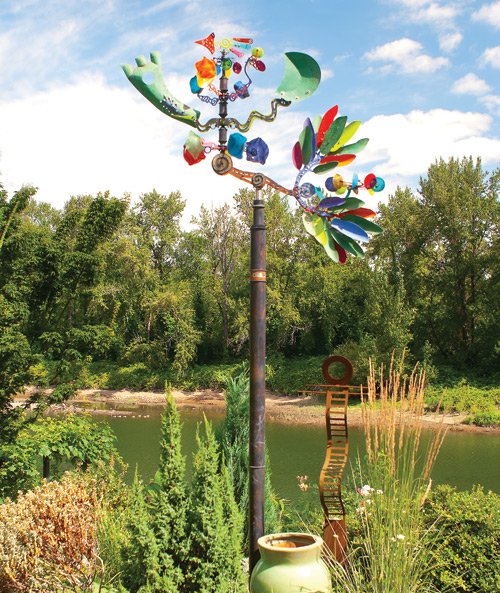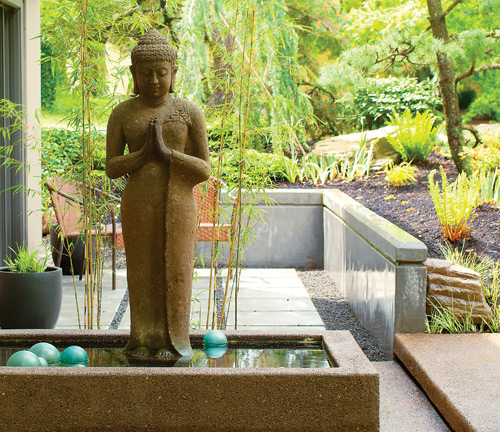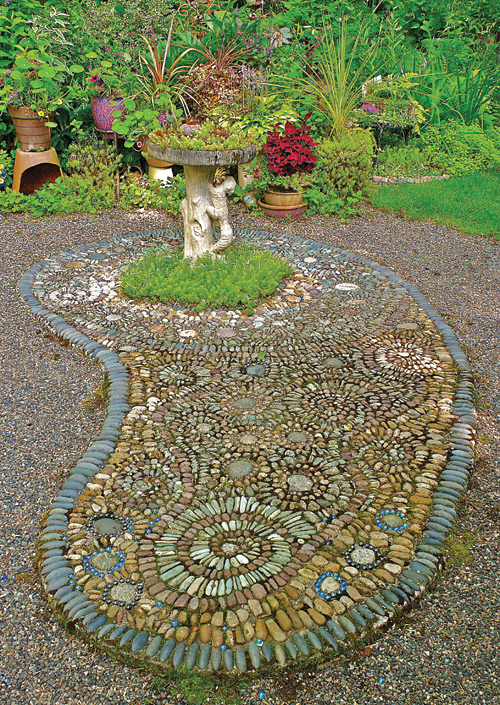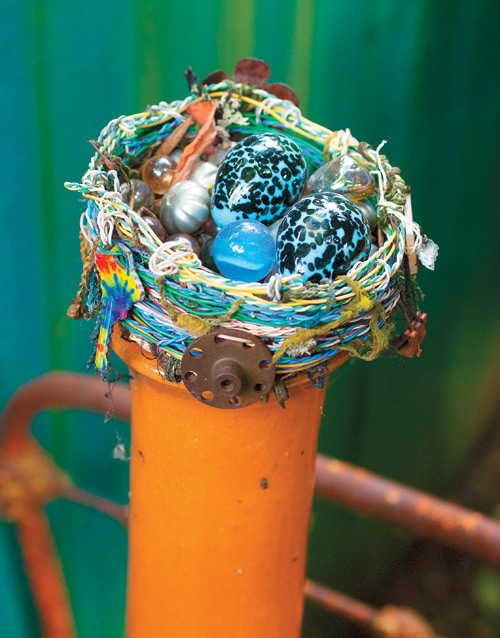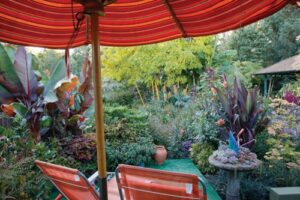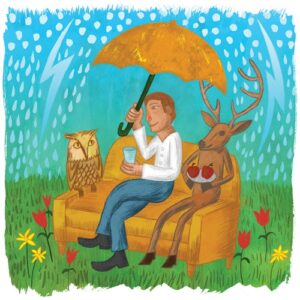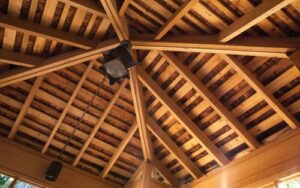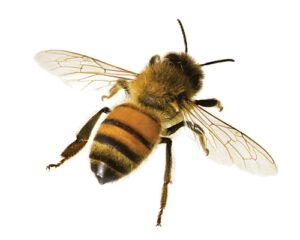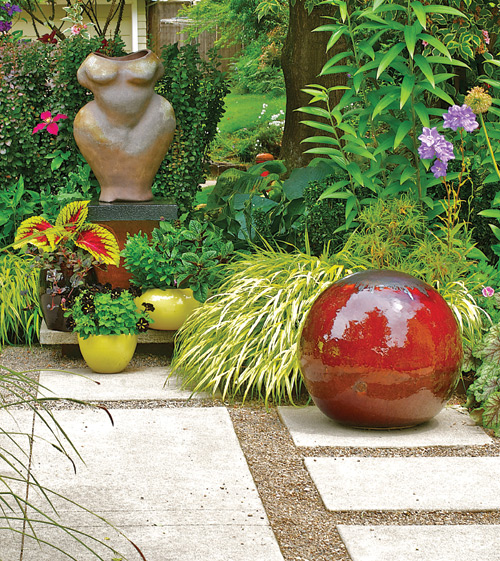 |
|
Clustered pots and a ceramic globe mingle at the base of a sculpture in this elegant tableau from the Ernst garden. // Photos by Janet Loughrey Click images to view larger |
Garden making is an intensely personal process. Of course, there are some basic hallmarks of beautifully designed and implemented gardens: spaces that are well proportioned with the house and lot, a sense of privacy and enclosure that engenders a feeling of safety, and captivating plants that arouse all our senses.
Art is just as important. A garden assumes another dimension with the addition of art and ornamentation. Although there are decisions to be made about what to display and where, there aren’t any real rules. When we gardeners place objects that reflect who we are and how we see the world, we inject our outdoor spaces with personality and creativity. I don’t think the “taste police” are coming to my garden anytime soon, and that’s a good thing. My choices are predicated by my passion and singular vision for my own space.
{artsexylightbox}{/artsexylightbox}
|
Rising out of the water, a female Buddha in a prayerful pose imbues a quiet corner of the Brunton garden with a sense of meditation and peace. // Photos by Janet Loughrey Click images to view larger |
My garden is my canvas and plants are my palette. Adding art to the mix reveals much about my personal story. I find humor in the colorful glass balls hanging from a tree — my own interpretation of the ubiquitous Victorian gazing ball. Those same orbs catch the eye, my counterpoint to the geometric lines of the garden. Architectural salvage is the centerpiece of my new embellished pergola, the result of overactive imaginations. The piece is a gleeful and purposeful amalgam of elements of Victorian woodwork, a gypsy caravan and a Buddhist temple.
When we visit gardens, public or private, we filter how we see and respond to that space. The same goes for art, whether it’s a commissioned sculpture for a specific garden, found objects or recharacterized materials that morph into something unexpected and wonderful. No matter what your budget, let your heart lead you to objects that infuse your garden with spirit.
- Look to the style of both house and garden for ideas and inspiration. There should be an affinity between the style of the art pieces, plants and hardscape elements.
- What constitutes art is in the eye of the beholder. Select items that resonate with you, embody your personality and fit into the garden’s theme.
- Scale and proportion are everything. Pieces that are too small get lost in the garden, while objects that are too big can overwhelm. Mock up the size and volume of a sculpture or structure with a cardboard box or scraps of lumber nailed together. Place it in situ and see what you think — too big, too small or just right?
- If you are installing a sculpture that is three-dimensional, remember that how you see it depends on where you are in the garden.
- Consider how art is viewed from the house. Picking just the right spot for an interesting object that can be seen from the living-room window creates a seamless transition between interior and exterior spaces.
- Blank walls, fences and screens can be enlivened with a repurposed garden gate, a collection of old garden tools or a custom piece of art.
- Hedges act as garden walls. A piece centered on a hedge reads as formal while one off-center is more informal.



